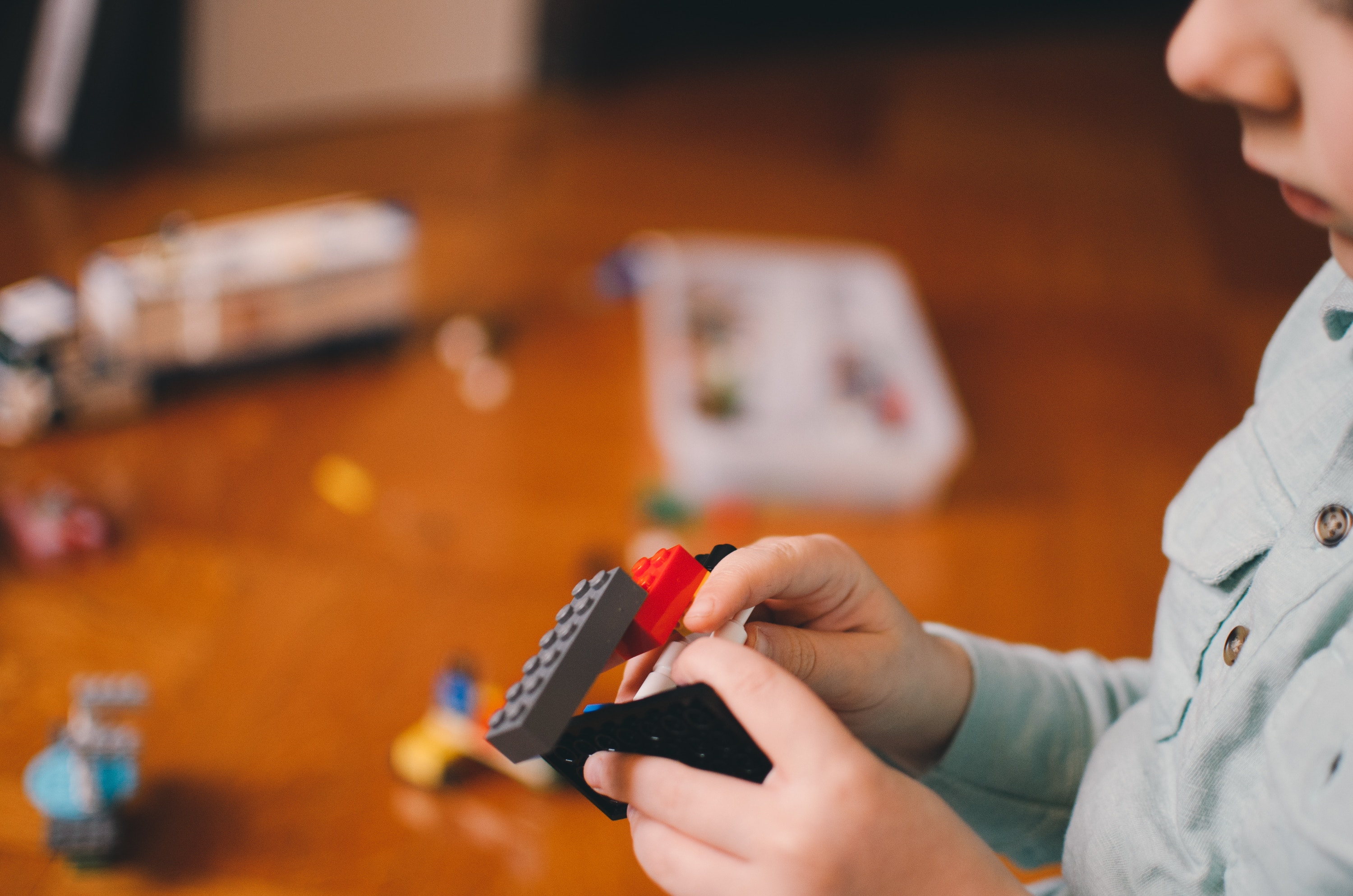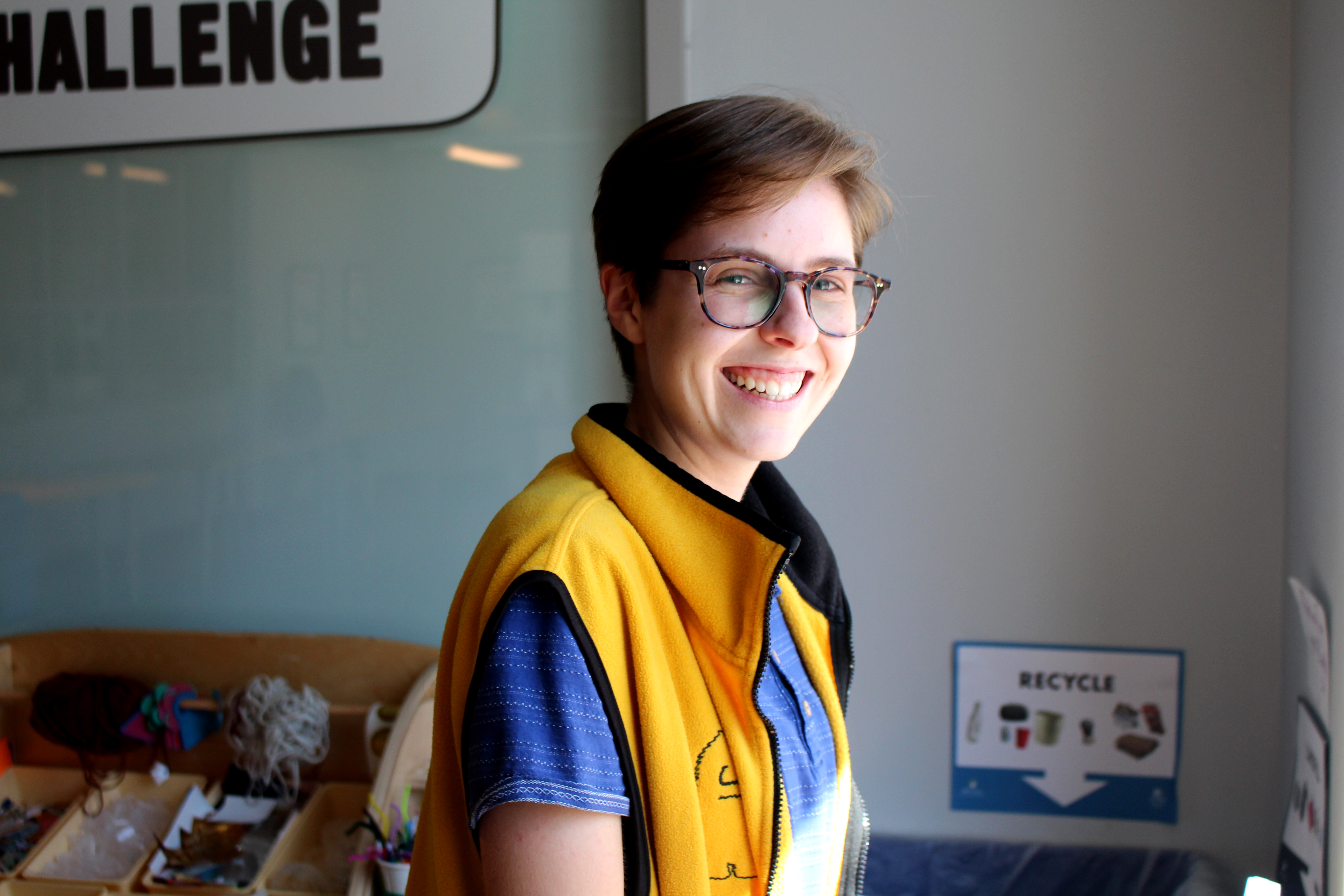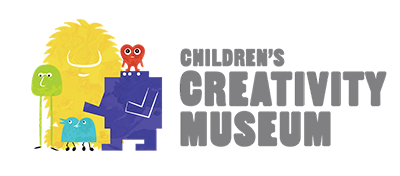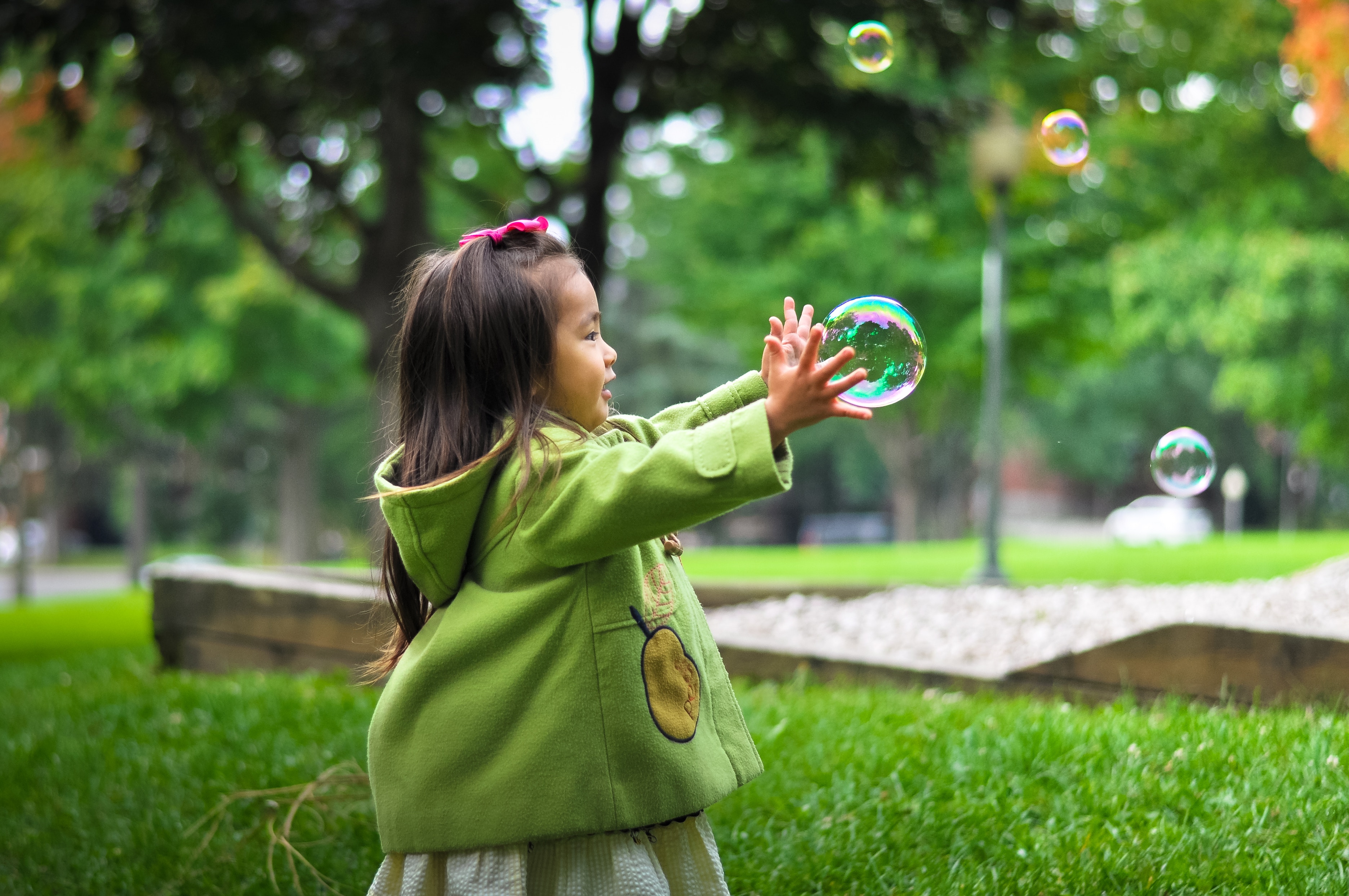How often have you let your kids simply play outside on a hot summer day?
Or pick up the scattered bin of legos after a morning of building planes and boats straight from your child’s imagination? Though different in setting and materials, both activities fall under the category of “unstructured play,” or play that resists any formal structure or outcome. Although unstructured play is second nature to the vast majority of children, many adults remain unaware of the rich developmental benefits that come with free play.
I can remember countless summer days during my childhood where I ran over to my neighbor’s house and we ventured outside with our favorite toy cars and a box of colorful chalk in tow, completely free to create as many chalk-drawn race tracks as the afternoon would allow. We would take turns drawing and adding to each other’s creations, running down the sidewalk as we raced our offroad Hot Wheels. Once we exhausted our little cars and ourselves, we would pick up our bikes and set out into the neighborhood, improvising games as we peddled. With such joy and simplicity wrapped up in those days it is easy to feel a wave of nostalgia, and even easier to understand why free play is so crucial during childhood.
 This type of experience is exactly what mother of 3 and writer Amanda Rock discusses in her article What is Unstructured Play for Children? (link below), where she highlights the significance of child-led play and how it often leads to creativity and improvisation. And while the term “unstructured play” may be new to some, the practice is ubiquitous in homes across the world. Rock notes that sometimes this type of play is informally referred to as simply ‘letting kids be kids’ or ‘just play.’
This type of experience is exactly what mother of 3 and writer Amanda Rock discusses in her article What is Unstructured Play for Children? (link below), where she highlights the significance of child-led play and how it often leads to creativity and improvisation. And while the term “unstructured play” may be new to some, the practice is ubiquitous in homes across the world. Rock notes that sometimes this type of play is informally referred to as simply ‘letting kids be kids’ or ‘just play.’
In a world filled with structure, especially a child’s world, kids crave the opportunity to engage in activities of their own choosing. “Unstructured play is important for a child because it gives them a sense of freedom and control… It also allows them to learn about themselves, what they like and don’t like, and even make mistakes without feeling any pressure or failure” (Rock). Not only is the child independently electing and engaging in their activity of choice, but they are also developing the skills to persevere and a deeper knowledge of who they are as learners.
The Americ an Academy of Pediatrics (AAP) has been a long-standing proponent of free-play, frequently calling on parents and teachers to expand opportunities for unstructured play. In their 2007 American Academy of Pediatrics Journal entry titled “The Importance of Play in Promoting Healthy Child Development and Maintaining Strong Parent-Child Bonds,” the AAP declares that play is “…essential to the cognitive, physical, social, and emotional well-being of children and youth” and encourages all pediatricians to “…recommend that all children are afforded ample, unscheduled, independent, non-screen time to be creative, to reflect, and to decompress.” Here at the Children’s Creativity Museum, we couldn’t agree more.
an Academy of Pediatrics (AAP) has been a long-standing proponent of free-play, frequently calling on parents and teachers to expand opportunities for unstructured play. In their 2007 American Academy of Pediatrics Journal entry titled “The Importance of Play in Promoting Healthy Child Development and Maintaining Strong Parent-Child Bonds,” the AAP declares that play is “…essential to the cognitive, physical, social, and emotional well-being of children and youth” and encourages all pediatricians to “…recommend that all children are afforded ample, unscheduled, independent, non-screen time to be creative, to reflect, and to decompress.” Here at the Children’s Creativity Museum, we couldn’t agree more.
Every day at CCM we see the harmony between freedom and creativity that bubbles to the surface when a child takes control of their play. When let loose in our Imagination Lab (with a watchful eye from parents and educators nearby), children are encouraged to pick up the materials and engage in the activities that best suit their  creative interests. Whether a child is creating their own unique structures at our magnetic Tegu wall, building creations straight from their imagination with our big blue Imagination Playground blocks, being conductors at the train table, or much more, we know they are exercising and developing their skills of free choice and experimentation. With the majority of our first floor dedicated to opportunities for unstructured play and “Aha” moments of discovery and exploration, the tell tale signs of free-play (including imaginative storytelling and playful self-expression) have become too frequent to count. And when those children come back to the museum for their 2nd, 3rd, or 100th visit, they inevitably build on what they learned during their previous visits, allowing them to dive deeper into their curiosity and creativity.
creative interests. Whether a child is creating their own unique structures at our magnetic Tegu wall, building creations straight from their imagination with our big blue Imagination Playground blocks, being conductors at the train table, or much more, we know they are exercising and developing their skills of free choice and experimentation. With the majority of our first floor dedicated to opportunities for unstructured play and “Aha” moments of discovery and exploration, the tell tale signs of free-play (including imaginative storytelling and playful self-expression) have become too frequent to count. And when those children come back to the museum for their 2nd, 3rd, or 100th visit, they inevitably build on what they learned during their previous visits, allowing them to dive deeper into their curiosity and creativity.
When thinking about ways to incorporate unstructured play at home, it is important to think about which types of open-ended toys and materials will best encourage imaginative and self-guided play. Here at the museum, we love to include regular building blocks, different types of paper and markers, puppets and dress up clothes, and recycled materials such as empty paper towel rolls, cardboard boxes, bottle caps, and much more. Unstructured play time doesn’t require much, and that is where the beauty lies.
All that my friends and I needed during a summer afternoon was chalk, a bicycle, and the freedom to improvise the rest. Beyond any specific materials you choose to provide, what kids need most is simply time and space for free-play at home. It is helpful to set aside time each day or week for children to be in control of their own exploration and play. And you can participate, too! It is important for children to play with others during this time and have the opportunity to share their budding joys and discoveries. And who knows, you just may learn something new about yourself along the way!
To learn more about the wonders of unstructured play, we encourage you to read Amanda Rock’s full article on Verywellfamily.com, and let us know how you’ve been inspired to bring more open-ended free-play into your family’s play time!
About the Author
 Leah is an Educator at the Children’s Creativity Museum. In 2017, she graduated from Smith College with a BA in the Study of Women and Gender and a minor in Spanish. After interning with the Children’s Creativity Museum, she felt inspired and energized to develop her passion for teaching and nourishing creative confidence for all ages. Before returning to the Education team at the Children’s Creativity Museum, she had the opportunity to work with the Eric Carle Museum of Picture Book Art as an intern in their Art Studio.
Leah is an Educator at the Children’s Creativity Museum. In 2017, she graduated from Smith College with a BA in the Study of Women and Gender and a minor in Spanish. After interning with the Children’s Creativity Museum, she felt inspired and energized to develop her passion for teaching and nourishing creative confidence for all ages. Before returning to the Education team at the Children’s Creativity Museum, she had the opportunity to work with the Eric Carle Museum of Picture Book Art as an intern in their Art Studio.
With a background in women’s studies and education, Leah is constantly thinking about how arts and technology education can empower young minds, especially the minds of young girls, to feel confident and excited about their creative potential. She is proud to be part of a community here at the Museum that is dedicated to making sure imagination, creativity, and innovation are accessible to all.
Photo Credits in Order of Appearance:
- Photo by Leo Rivas on Unsplash
- Photo by Rene Bernal on Unsplash
- Photo by Children’s Creativity Museum
- Photo by Kelly Sikkema on Unsplash





Leave a Reply